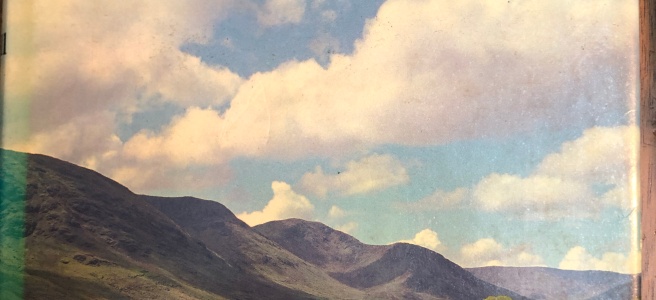At the opening of the nineteenth century Edenderry was said by one observer to soon ‘be a heap of ruins.’[i] The new Grand Canal was expected to bring relief to Edenderry and the surrounding hinterland. In the aftermath of the 1760s economic downturn in the woollen industry Edenderry suffered greatly having once employed 1,000 workers in the trade.[ii] The Downshire estate in the town and surrounding hinterland consisted of 14,000 statute acres of land.[iii]
The linking of Edenderry to the canal was of economic necessity in the last decade of the eighteenth century. As Ciarán Reilly explains:
‘Without the Grand Canal, Edenderry in the nineteenth century would have not as prospered as it did, the canal providing a much needed communication network and transportation for goods such as peat, corn and flour to Dublin.’[iv]
Charles Vallancey believed ‘the peasantry are starving and nothing will contribute so much to their relief as the Inland Navigation.’ John Hatch, as Edenderry agent for the Blundell estate was aware of the potential for economic progress of the Grand Canal for the town. (5 W. A. Maguire, ‘Missing persons: Edenderry under the Blundells and the Downshires, 1707-1922’ in William Nolan and Timothy P. O’Neill (eds), Offaly: History & Society (Dublin, 1998), pp 515-542 at p. 524.)
In June 1787 Hatch alerted the Blundells that it was confirmed the canal would pass near Edenderry:
‘… by this resolution of the company everything will rise again and higher than ever and I have not now the smallest doubt of our going on with the canal to or near Edenderry.’[vi]
Continue reading →













